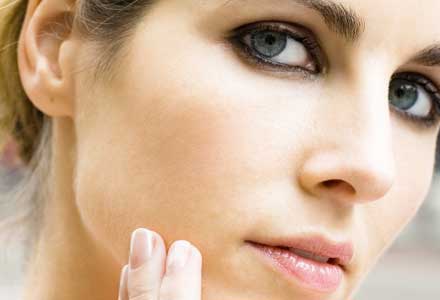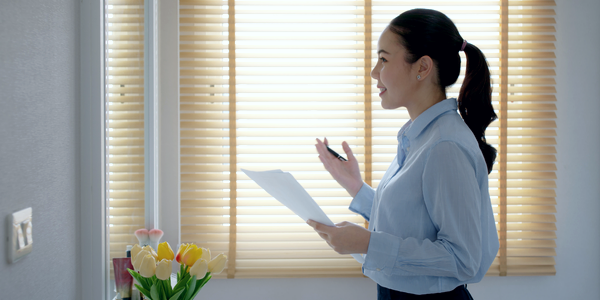
Bet you didn’t know this but until you turn 30, you lose about a million skin cells every 40 minutes. You might think this is really gross, but this desirable skin shedding is actually what gives you the radiant skin that you hope for and desire.
Your epidermis, which is the top layer of your skin, renews itself every 30 days. Often by the time you're 40, it goes from taking 30 days to shed to taking as long as 45 days. Unfortunately, this shedding slowdown is a reflection of your body's gradual aging process. Long before menopause, the same hormonal production shifts that stop your fertility will start rearing its ugly head on your face. This is usually the point where we all start to freak out, but before you stockpile your pantry with a variety of supplements, there are some simple hormonal acne treatment solutions you can do starting from the outside in.
Know Your Breakout Role
Blackheads and blemishes just don’t ravage the skin of our youth. Just as you start to notice a few more gray hairs, more blackheads and blemishes are also signs of the aging process. In fact, about a third of women will get adult acne, usually in their early 30s, even if they didn't have breakouts when they were younger.
When you reach your late 20s, your estrogen levels start declining faster than your testosterone levels. Since testosterone is an androgenic hormone, it can bring out more masculine qualities, which explains the facial hair, and boosts oil production which can clog your pores and cause more blemishes. The difference between adult acne and teenage acne is the physical appearance of the blemish. Small red bumps are more common when you're older, and apparent acne along your jawline or around your mouth are definitely signs that you're dealing with a hormonal breakout.
Birth-control is one hormonal acne treatment that can help balance your hormone levels and reduce breakouts. If you don’t want to go the prescription pill route, or you are already going through menopause, try combination acne-and-wrinkle-fighting formulas that gently keep skin clear but don’t strip it of its nutrients. Eating a healthy diet that is rich in omega-3’s is also an effective hormonal acne treatment that will reduce the effects of aging on your skin. Cold water fish, like salmon, are great for keeping your skin plump and youthful and free of blemishes.
You May See Spots and Sags
Even if you aren’t a mom yet, or if you love to soak in the sun for hours, brown, patchy melasma can start appearing on your skin if you take birth-control pills, or wrinkles can start showing up if you get too much exposure to the sun. What happens with birth control is that estrogen turns on melanin pigment production, which gets triggered when you go on the pill. Too much sun exposure drains the moisture from your skin and can cause some areas of your skin to sag. If you also have the genetics that are prone to melasma, you'll have brown spots, even if you aren’t taking the birth control pill. What is one hormonal acne treatment that can help solve your skin woes? Since pigment problems are generally difficult to treat, it is always recommended that you stay out of the sun, but use a combination of antioxidants and sunscreen to keep the dark spots away, and the wrinkles at bay.
Don’t Dread the Dry Spell
Our thyroid can mess us all up, especially when it comes to your skin. Our thyroid function will naturally fluctuate over time, which means our bodies will have less hormones.







